I have just published one chapter of our new Creative Social book ‘ Hacker, Maker, Teacher, Thief’ called ‘The Role of Innovation in Agencies”, written by Daniele Fiandaca. To supplement the chapter I interviewed Daniele below and in it we dive a bit deeper into the topic. You can read the book chapter we reference here. And, if you’re keen to know more about the future of advertising, then you can purchase the whole book as a paperback on Lulu.com. An e-book version and the Amazon purchase option are coming very soon.

Daniele was until recently Head of Innovation at Cheil UK, with key clients that include Coca Cola, Converse and Samsung. Previously he ran Profero for over a decade, growing it from a small team in London to the global business it is now. He continues to run Creative Social, which he founded alongside Mark Chalmers in 2004 and recently co-founded Innovation Social with Nadya Powell. He is an ongoing Hyper Island Masterclass speaker and Course Leader. Daniele’s passion include film (his favourite film is Nuovo Cinema Paradiso), collecting vinyl toys, and traveling to exotic places. The best advice he was ever given was from reading a blogpost by Dave Trott, when he wrote “Better to be wrong and interesting than right and boring”.
+ First of all, Hacker, Maker, Teacher, Thief, which one are you?
I honestly couldn’t say one or the other, I am all of them. But ok, if my life depended on it, probably Thief!
+ Why is it up to agencies to innovate? Don’t the clients have deeper knowledge as well as pockets to solve their own future problems?
Alex Jenkins, Editor of Contagious magazine recently said “A client told me “I didn’t want to pay for my agencies to experiment and innovate as much as I needed them to.”
The fact is that our marketing clients are extremely busy and often just too close to the coalface and have little time to think let alone drive innovation. What agencies are very good at is giving a different perspective which is driven from learnings across a number of clients as well as an overall understanding on how technology is driving changes in our audience. And what this means at a communications level. I like to think that a big part of the opportunity for agencies is that by adding a layer of creativity to new and existing communications technologies, we can help solve client problems.
Anders Sjostedt, Global Partnership Director, who writes his own chapter in the book goes even further by saying that agencies need to in fact refocus so they are delivering innovation, education and transformation. By understanding technology and its impact on people, agencies are in the perfect position to understand what impact it is going to have on their client’s business. The next step is education. If you know more than your client, then your client will naturally ask you to help them understand it better. And if you have enough knowledge in that area and have the methodology on how to deliver education, you will naturally move into the strategic discussion. All agencies want to be involved the in strategic discussion but don’t invest in what is needed. Agencies need to immerse themselves into the brand and understand what the future holds.
Ultimately this will naturally lead into business transformation and will make agencies an invaluable partner to their clients.
+ You are calling innovation ‘a matter of life-or-death’ for agencies. Is it really that dramatic?
It totally depends on how broken you think advertising is. I personally think that advertising is really quite broken right now. If we want to remain relevant to clients, we need to both innovate as an industry as well as help our clients innovate both in their communications as well as in their business/product.
+ If it is that dramatic, can every agency solve it on their own?
I think there is certainly a movement in the UK towards marketing and advertising working with start-ups to learn from their ability to develop solutions quickly and to pivot their product where needed. Agility is certainly one of the buzzwords at the moment in the industry and I think we were right in my previous agency, Cheil, to aspire to be one of the most agile agencies in the industry. What was really interesting for me though was the work we were doing as an innovation team to actually help our clients become more agile.
+ Do you think integrated and media agencies have caught up with digital agencies when it is comes to innovation? Or is there still a cultural advantage at play with the digital shops?
Theodore Levitt, Professor, Harvard Business School defines innovation as follows: “Creativity is thinking up new things. Innovation is doing new things.” I think that this definition has confounded those that grew up in digital advertising as most of the creative work we were delivering was about doing new things. And it is really the fact that we were at our heart makers and hackers (as well as teachers and thieves of course), that really separated digital agencies from integrated and media agencies and these skills I do think help us in delivering ongoing innovation. Saying that I do think the future is not digital but rather an evolved form of integration which also encompasses shopper marketing thinking – I have learnt so much in the last three years working with people like Emma Perkins, Jamie King. Pete Martin and Simon Hathaway, who all come from a shopper marketing background.
+ What’s our relationship to progressive, innovative production companies in this regard? Some agencies want to leave the actual ‘making’ to them.
I think we all know that the creative process is much more fluid than that. If your agency wants to work in an agile fashion, you need people on the ground doing. And taking a prototype of an idea into a meeting, that can actually sell the idea. Especially when your clients are very visual people.
+ Do I understand you correctly, integrated agencies are better at thinking new things and digital agencies at doing new things?
That depends on what you mean by integrated. I think it’s more a question of where the agency came from. And I don’t believe in the model of planners coming up with single minded propositions that creatives then work from. The future is getting a mixture of people that tackle the clients’ problems together.
+ We are seeing some digital agencies going into advertising and some moving into customer experiences, with both paths hopefully leading them to innovative work.
The advertising industry is sometimes still woefully sniffy about digital agencies. Yet some of these places like DigitasLBi or SapientNitro have done amazingly well and are now bigger than them. But they are in a different space. Engineering, process and science play a big role. Creativity does as well but I would say it’s not as much part of their culture. They do add massive value to their clients’ businesses. Still, for me personally it’s not does not deliver the same satisfaction as creating something that truly connects with people.
+ So how can digital agencies innovate the more traditional marketing channels?
I think digital agencies are often victims of their reputation, what clients perceive them to be able to do. Actually, it can be easier to start a new shop, with a new name but with the same people. And then go after and innovate the more traditional marketing channels.

+ You are listing 9 criteria for driving innovation. Do all need to be addressed for success to happen? Is there one criteria more important than the others? Which one do you see being ignored most often?
I do personally think they all have a part to play although if you were going to pull one out it would be the need for innovation not to operate in a silo. For this to happen I do think it needs more than just having senior responsibility as it ultimately needs to be from the CEO down and be integrated into the overall strategy for the agency otherwise it will not get the time and support that is needed for innovation to succeed. Because fact is innovation is not easy. As Henry Chesbrough, Author and Leading Innovation Academic comments ‘”Most innovations fail. And companies that don’t innovate die.”
+ Have you found a way to measure the innovation’s success in the agency? Can you actually measure an ROI?
It’s definitely about opening up new opportunities with existing and new clients, getting them to buy innovative ideas. So in that way, it’s about new business and differentiating the agency from the competition. Those are major KPIs together with being recognised and shortlisted for innovation, ideally internationally.
+ Financially speaking, do you have to “go into the red” to achieve innovation?
Absolutely agree that innovation is expensive because their leaders tend to be quite senior and therefore pricey to hire. But I also don’t know a single ‘Head of Innovation’ that doesn’t wear multiple hats in the business. None of them are 100% on innovation but also take on new business and other client-facing roles. Irrespective I truly believe that innovation is at the heart of the future of our industry and it is an investment which will deliver a positive ROI if delivered successfully as part of a wider strategy.
+ Focussing on the role of ‘Head of Innovation’ itself: how do you avoid being the sole person responsible for it, becoming the person that just talks about it?
It has to be about delivery. And how you deliver it has to be transparent to everyone. But the more senior you are, the more you need people who can actually deliver, because it wouldn’t be cost-effective if you did it all yourself. Additionally, people in this role often come from a strategic background and aren’t necessarily ‘Makers’ themselves. That’s where a ‘Creative Technologist’ can function as a bridge between the innovation team and the tech team and creatives.
+ And what’s the biggest frustration for such a person?
The biggest frustration for innovation-driven people is probably that most people don’t see the world in the same way they do. But having actual makers in your team can bridge that gap between imagination and reality.
+ You have been guiding innovation from within agencies such as Cheil and Profero as well as from outside with HyperIsland. Which model brings better results and what feels more fulfilling for you personally?
I would love to say that there was a single model that works as I would then be very rich and have a successful model to sell to agencies and marketers. However there is not a single one size fits all and you will find some very different models in very different (and successful) agencies. However I would be surprised if creativity was not at the heart of every culture – it would be interesting to see how many of those 9 criteria they meet. I’d assume it would be a very high proportion. I would love to hear from your readers if they think there are any additional criteria.
Thank you, Daniele, for adding these thoughts to your chapter on ‘Innovation in Agencies’. Get the whole book here on Lulu: ‘ Hacker, Maker, Teacher, Thief’
You can follow Daniele on Twitter @YellIf
You can follow me on Twitter @TBuesing

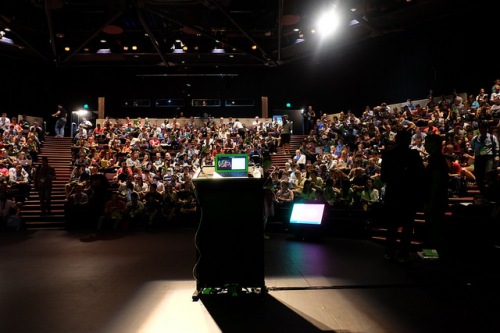 Overall it was a great training exercise in moderation. As for prep, I had the help of Andy Murray (Gatsby Studio) who is actually an illustrator and artist by trade. He brilliantly MC’d the previous conference I was speaking at, Sex Drugs & Helvetica. there is a short review from it here on my blog. As you might be able to tell from the two photos below, I nicked the idea of having seats and a table from the Sex, Drugs & Helvetica event. You can see that the furniture style and arrangement even looks similar, but that happened without me briefing Web Directions on it.
Overall it was a great training exercise in moderation. As for prep, I had the help of Andy Murray (Gatsby Studio) who is actually an illustrator and artist by trade. He brilliantly MC’d the previous conference I was speaking at, Sex Drugs & Helvetica. there is a short review from it here on my blog. As you might be able to tell from the two photos below, I nicked the idea of having seats and a table from the Sex, Drugs & Helvetica event. You can see that the furniture style and arrangement even looks similar, but that happened without me briefing Web Directions on it.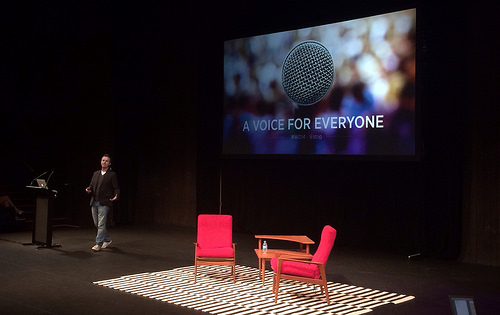 Douglas Bowman, Twitter
Douglas Bowman, Twitter Scott Thomas, The Noun Project
Scott Thomas, The Noun Project Matt Webb, BERG
Matt Webb, BERG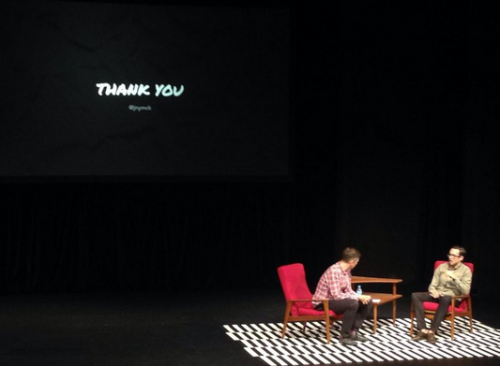 Jonny Mack, Google
Jonny Mack, Google Tom Armitage, Infovore
Tom Armitage, Infovore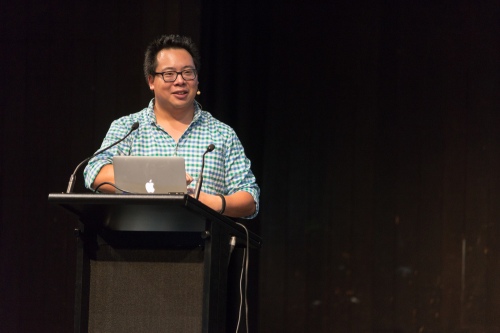 Dan Hon, Code for America
Dan Hon, Code for America Erin Moore, Twitter
Erin Moore, Twitter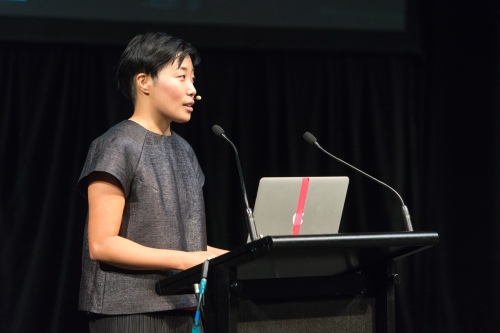 Younghee Jung, Nokia/Microsoft
Younghee Jung, Nokia/Microsoft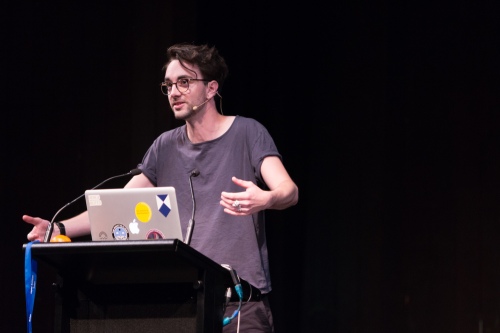 Tobias Revell, Superflux/ARUP
Tobias Revell, Superflux/ARUP John Allsopp, Web Directions
John Allsopp, Web Directions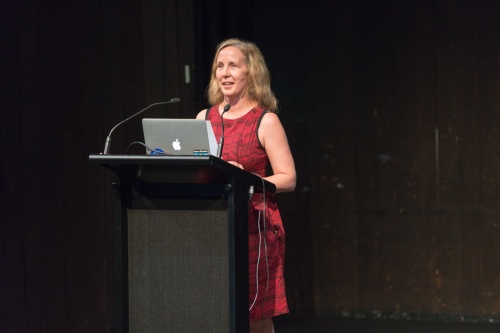 Maxine Sherrin, Web Directions
Maxine Sherrin, Web Directions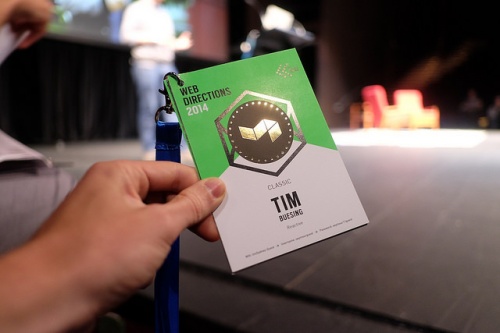 Photos by Xavier Ho – Jump to Glide and Tim Lucas – ToolManTim, licensed under Creative Commons Attribution-ShareAlike 3.0 Unported License.
Photos by Xavier Ho – Jump to Glide and Tim Lucas – ToolManTim, licensed under Creative Commons Attribution-ShareAlike 3.0 Unported License.
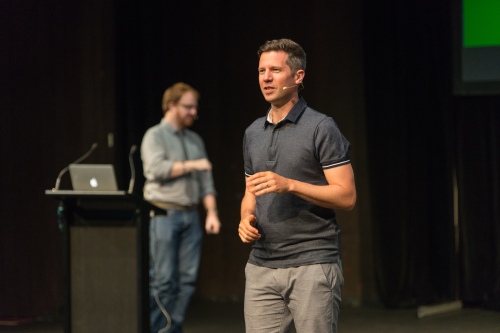
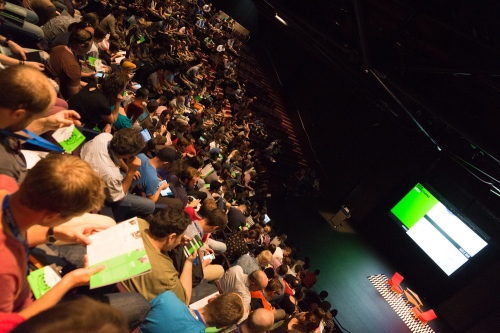
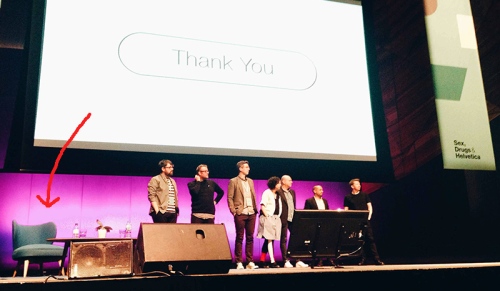
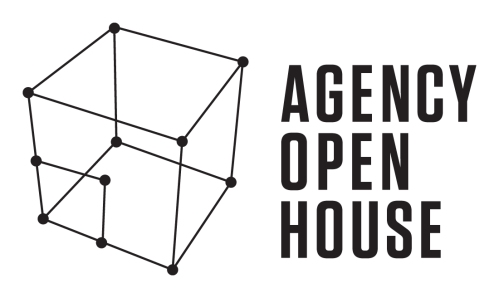
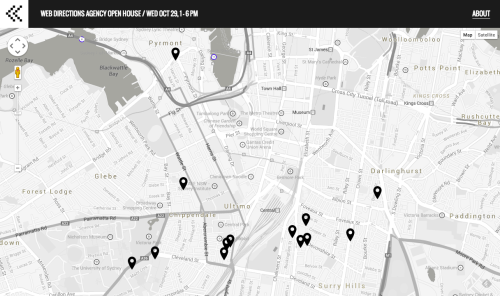
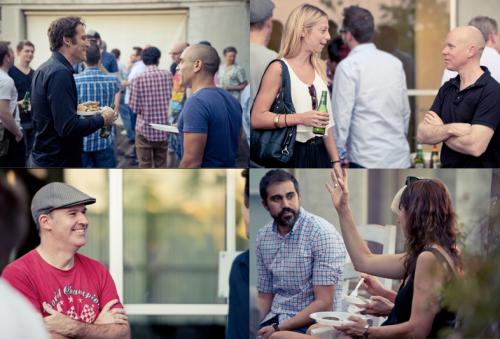

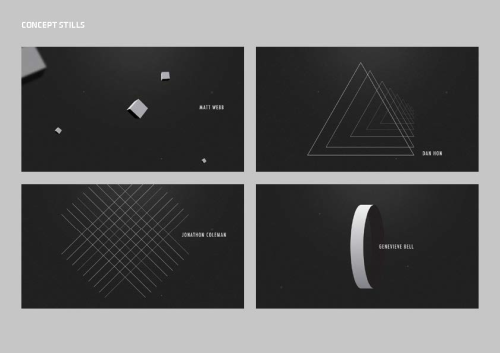





 and he continues to work with global creative luminaries like
and he continues to work with global creative luminaries like 







